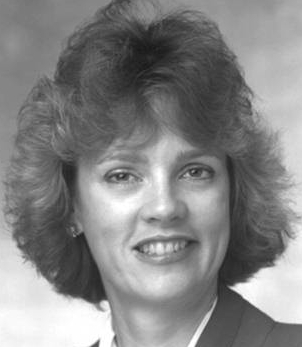According to the U.S. Small Business Administration, "military and civilian purchases" total more than $425 billion a year of federal government spending. Of that amount, Congress mandates that 23 percent be set aside for small businesses. SBA is charged with overseeing this "goaling" program and does so by adding layers of definitions of "small" and registration requirements for business owners to participate.
Within the 23 percent goal, there are a bunch of additional categories of disadvantaged and politically-targeted categories of small business owners said to need even more help competing. On February 4, SBA published its final rules to set aside 5 percent of the 23 percent for Women-Owned Small Businesses (WOSBs) or economically disadvantaged women-owned small businesses (EDWOSBs). That's a tidy sum of $6.5 billion this year for the women, if it works out as planned.
But on September 9, the Washington Business Journal said to date, women-owned businesses only got $500,000. Furthermore, it was divided among "only a handful of set-aside contracts."
The journal wrote, "About 6,500 women-owned businesses are registered or in the process of registering for the program." It said that Tina Young, a Maryland-based small-business owner with four employees, was disappointed. "I did have great hopes that things would go in a different direction by now," she said. "There was so much hype at the onset of the program, but then very little came of it."
 Marla Hough, a professional engineer and small business owner in Bradenton, Florida and has several SBA certifications, including 8(a) for designated, disadvantaged small-business owners. But back when she got certified, women were not automatically considered disadvantaged. "I had to write an essay about how in my professional career I've been discriminated against," she said.
Marla Hough, a professional engineer and small business owner in Bradenton, Florida and has several SBA certifications, including 8(a) for designated, disadvantaged small-business owners. But back when she got certified, women were not automatically considered disadvantaged. "I had to write an essay about how in my professional career I've been discriminated against," she said.
I asked Hough if she plans to become certified under the new WOSB and vie for federal government set-aside contracts. "I don't know if I will," she says. "I haven't really looked into the amount of paperwork and effort required."
She formed Hough Engineering 14 years ago and got her small business certified in several set-aside categories that have not met her expectations. "A lot of money gets spent without getting the intended results," she says. The federal "government isn't efficient at many things."
Hough has better results getting contracts from state and municipal entities than from the federal government. She landed primary and subcontracts from county governments closer to her home.
SBA acknowledges that getting certified for its small-business set-aside programs, and complying with its registration requirements is not enough. They urge small-business owners to market their capabilities to decision makers.
Successful business owners make extensive, face-to-face sales calls on procurement officers inside the Washington, D.C. Beltway. That is why companies located there are more apt to land federal contracts. Others hire beltway-based representatives to pitch their products and services.
But Hough wants less government in the procurement process. "If I were in charge, I would privatize, privatize, privatize," she says.
Jerry Chautin is a business columnist and a former entrepreneur, commercial mortgage banker, commercial real estate dealmaker and business lender. You can follow him at www.Twitter.com/JerryChautin
